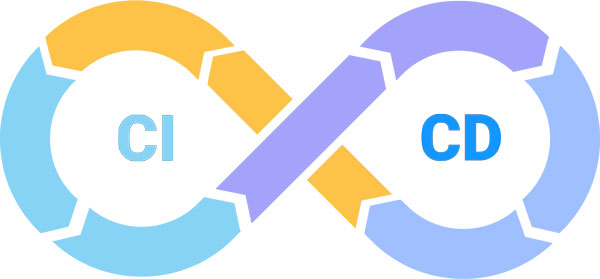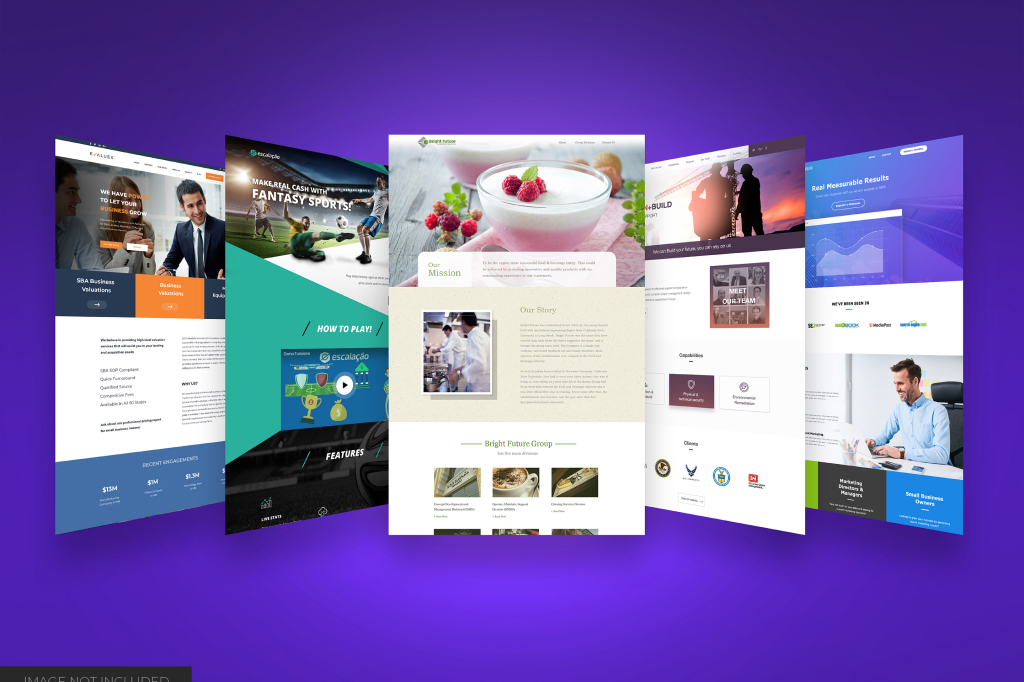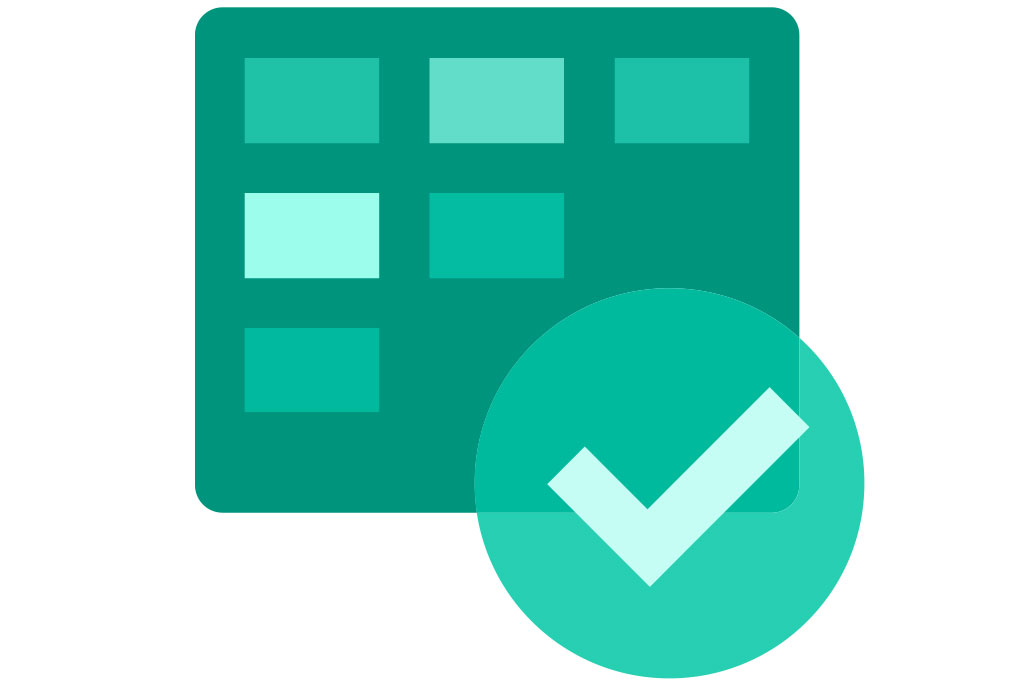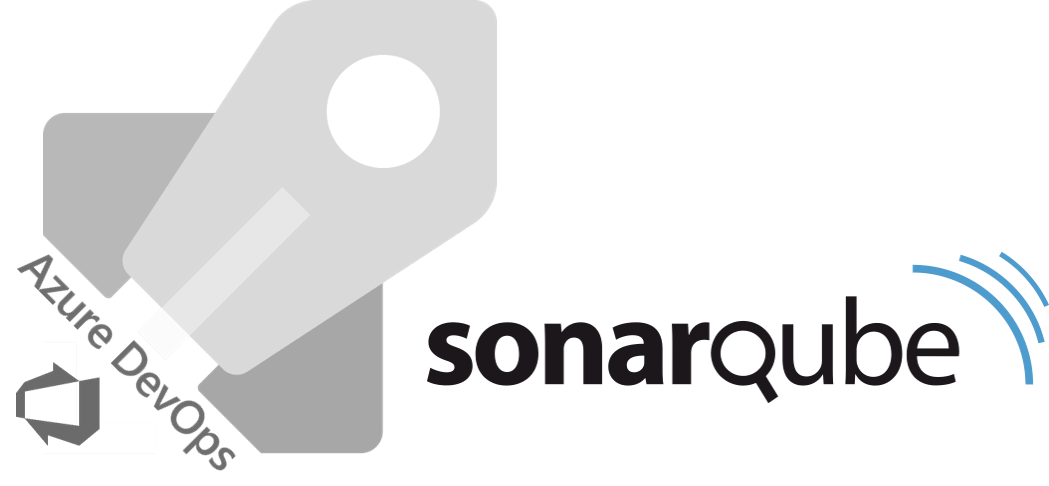
What is CI/CD?
CI/CD stands for Continuous Integration (CI) and Continuous Delivery (CD), two key concepts in modern software development.
Continuous Integration is a software development practice in which developers merge their code into a central repository frequently, usually several times a day. Each integration is checked by an automated build and unit tests to detect errors as quickly as possible.
On the other hand, Continuous Delivery is an approach where software is produced in a way that it can be released to production at any time. This means that, in addition to the automated build and unit tests, automated deployment is also performed.
Together, CI/CD introduce a continuous delivery culture in software development, minimizing risk, improving productivity, and accelerating the release of new features.
Implementing CI/CD with Azure DevOps
Azure DevOps is a comprehensive solution that allows you to effectively implement the CI/CD practice. Here’s an overview of how to do it:
- Code Repository Setup: The first step is to have your code in a repository. Azure DevOps provides Azure Repos, a code repository service that supports Git and Team Foundation Version Control (TFVC). However, it can also integrate with GitHub.
- Define the Continuous Integration Pipeline: Azure Pipelines is Azure DevOps’ CI/CD tool. To set up Continuous Integration, you need to define a CI pipeline that handles code compilation and conducts unit tests every time there’s a change in the code. This pipeline can be set up in the YAML file at the root of your repository.
- Define the Continuous Delivery Pipeline: In addition to Continuous Integration, you can also define a Continuous Delivery pipeline to automatically deploy your application to the desired environment. You can define the stages, approvals, and conditions of your CD pipeline in the same YAML file.
- Environment Configuration: Azure DevOps allows you to set up deployment environments (like Development, Testing, Production, etc.) where you can deploy the application. You can also define approval policies and access control for each environment.
- Monitoring: Once your application is in production, Azure DevOps integrates with Azure Monitor and Application Insights to provide telemetry and monitoring.
- Integrations: Azure DevOps integrates with a plethora of tools and services. You can connect it with project management tools like Jira, testing tools like Selenium, container services like Docker and Kubernetes, and also with code quality tools like SonarQube.
Designing pipelines and setting up integrations can be complex. While Azure DevOps is a powerful tool, success truly depends on how you use it. QualitApps can advise and implement an effective CI/CD workflow, design and configure your pipelines, select the right integration tools, and more.





